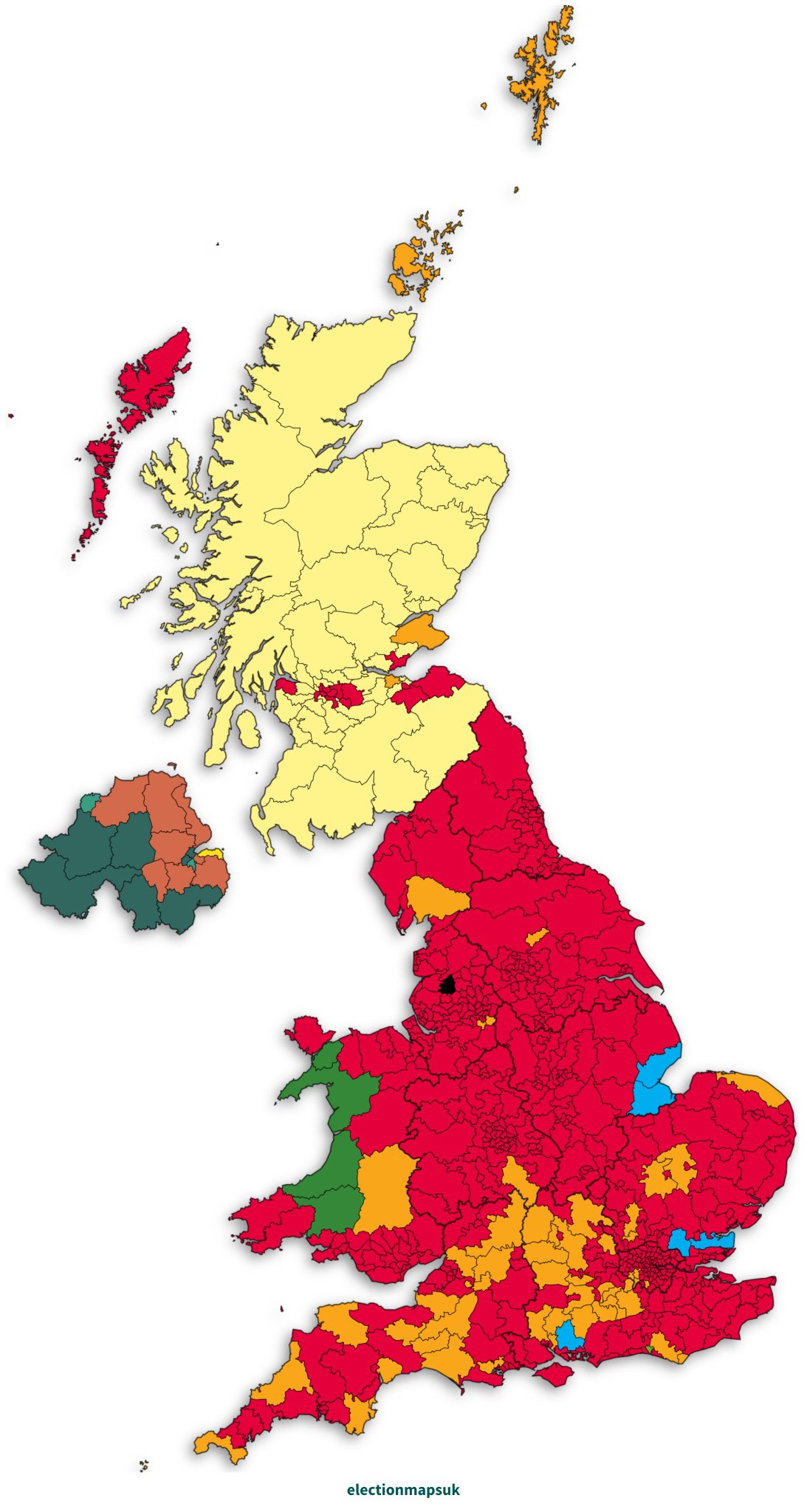A Comprehensive Guide To Real-Time Updates And Engagement

The UK Election Twitter Live coverage has become an essential part of contemporary political discourse, especially during election seasons. As voters turn to social media platforms for real-time updates, Twitter stands out as a primary source of information and engagement. This article delves into the significance of Twitter during UK elections, how it shapes public opinion, and the ways individuals can participate in this vibrant digital conversation.
In recent years, the integration of social media into political campaigns has transformed the landscape of elections. Twitter, with its fast-paced nature and wide reach, allows candidates, political parties, and voters to communicate instantly. Consequently, understanding how to navigate this platform effectively can significantly influence the electoral process.
This guide aims to provide insights into the dynamics of UK election Twitter live coverage, exploring its implications for voters, candidates, and the political process as a whole. With a focus on real-time updates, user engagement, and the role of influencers, this article will equip readers with the knowledge needed to participate actively in the conversation surrounding UK elections.
Table of Contents
What is UK Election Twitter Live?
UK Election Twitter Live refers to the real-time discussion, updates, and engagement surrounding elections in the United Kingdom via Twitter. This platform serves as a digital town hall where candidates, political parties, and voters interact, share news, and express opinions. Key features include:
- Live tweeting of events, debates, and election results.
- Real-time voter engagement and feedback mechanisms.
- Hashtags specific to the election for easy tracking of conversations.
Historical Context of Twitter in UK Elections
To understand the significance of Twitter in UK elections, it's essential to look at its historical context. Since its inception in 2006, Twitter has evolved into a powerful tool for communication and engagement, especially during critical political events. Key milestones include:
- The 2010 General Election: The first election where social media played a pivotal role.
- The 2015 General Election: Political parties began to invest heavily in social media strategies.
- The 2019 General Election: Twitter was crucial for real-time updates, debates, and voter mobilization.
The Impact of Twitter on Public Opinion
Twitter has a profound impact on public opinion, shaping perceptions and influencing voter behavior. Some key aspects include:
- Instant feedback: Voters can express their opinions on candidates and policies immediately.
- Viral content: Tweets can go viral, significantly amplifying a candidate's message.
- Engagement metrics: Likes, retweets, and replies serve as indicators of public sentiment.
Statistical Insights
Recent studies indicate that social media discussions can sway undecided voters. According to a Demos report, around 50% of young voters use social media as their primary source of political information.
Engaging in the Conversation: How to Use Twitter Effectively
Engagement on Twitter is vital during elections. Here are some tips for effective participation:
- Use relevant hashtags to join broader conversations.
- Follow credible news sources and political analysts for accurate updates.
- Engage with candidates by replying to their tweets or asking questions.
Following the Right Accounts for Real-Time Updates
To stay informed, it's crucial to follow the right accounts. Recommended accounts include:
- Official accounts of political parties.
- Political journalists and analysts.
- Fact-checking organizations to verify information.
The Role of Influencers in Shaping Political Discourse
Influencers play a significant role in shaping political discourse on Twitter. They can:
- Amplify political messages to their followers.
- Encourage voter turnout through engaging content.
- Challenge misinformation by sharing factual information.
Challenges and Misconceptions About Twitter in Elections
Despite its benefits, Twitter presents challenges and misconceptions, including:
- Spread of misinformation: Fake news can circulate rapidly, misleading voters.
- Polarization: Twitter can amplify extreme views, creating echo chambers.
- Engagement disparities: Not all demographics use Twitter equally, leading to skewed perspectives.
Conclusion
In conclusion, UK Election Twitter Live serves as a vital platform for real-time engagement and updates during elections. As voters navigate this digital landscape, understanding its nuances can enhance their electoral experience. We encourage readers to participate actively, share their thoughts, and stay informed through reliable sources.
Join the conversation by leaving a comment below or sharing this article with others interested in UK elections. Explore our other articles for more insights into political engagement and social media dynamics.
Thank you for reading! We hope to see you back for more engaging discussions and updates on UK elections and beyond.
ncG1vNJzZmirn521b6%2FOpmasp5idu6bD0pusrGpmZMKsecSlnJysmaS7bsDWoqutnaJiuarCxGefraWc